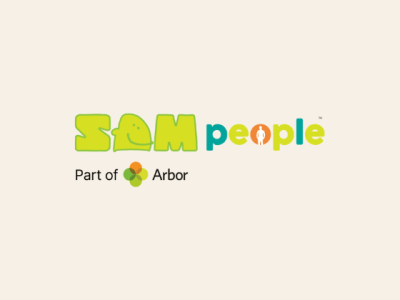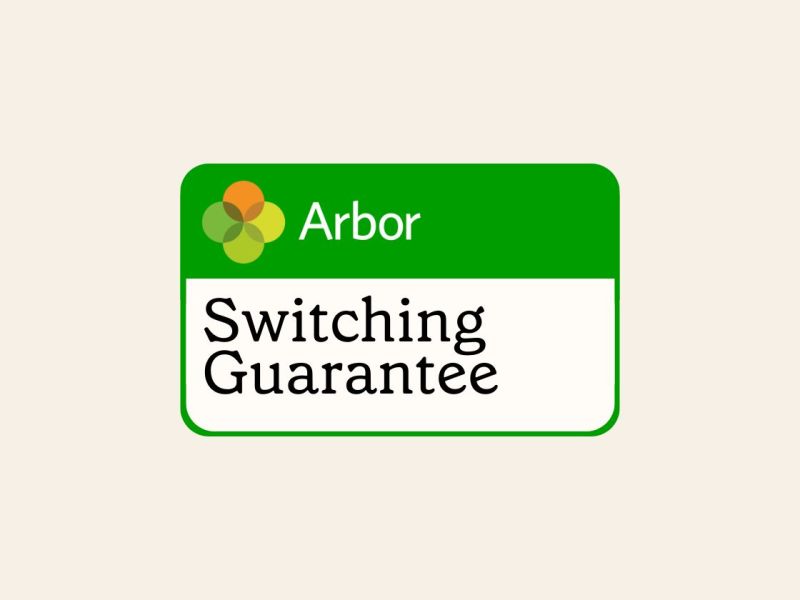In the previous 2 blogs in this series I described the need for MATs to sharpen their strategies, and set out 6 principles and core capabilities that should underpin this. In the next 3 blogs I describe how these can be developed during each of the main growth phases of MATs, stating with “putting the basic in place”.
Management style: Growth through creativity
The initial focus is on agreeing a common vision and values, alongside basic common systems and processes. These typically focus on school improvement for a Sponsor MAT, or on Supporting Functions (also called ‘Operations’ or ‘Back Office’), for a Convertor MAT.
Capabilities
Support
Common systems and policies for Finance (core finance and budgeting), HR (services and Payroll), safeguarding and child protection is a priority. Many will also put in place a common MIS system. As well as the system, most MATs will want to align finance processes quickly, e.g. a common Chart of Accounts and budgeting cycle. Aligned support policies will often include GDPR, FOI, Data Protection, Equal Opportunities and Recruitment.
Learn
In a Convertor MAT, learning and teaching is largely decided at a school level. In a Sponsored MAT, there may be a strong SIP function, or Executive Headship. In curriculum-driven MATs, e.g. those focused on a knowledge curriculum, this will be a much earlier priority. This means processes for collaborative alignment will be required at an earlier stage as well.
Assess
Assessment may be undertaken differently in each school, but there are likely to be a termly or more frequent sharing of data. Discussions commence about where and how to align elements of data. As above, if there is an early focus on a core curriculum then assessment will also be standardised at an earlier point.
Communicate
Communications from the Central MAT team are typically few; individual schools continue as the main point of contact with parents/ students.
Develop
Some light touch shared development may take place, especially for middle and senior leaders. There may also be a shared approach to ITT and induction, especially if there is a Teaching School Alliance within the MAT.
Collaborate
Collaboration is vital, but at this stage may be informal, light on systems, and through personal interactions connections between Principals and senior support staff leaders/ managers. More formal systems will be needed if MATs need to make ealier progress on the capabilities below.
Click here to read the next blog in Chris’ series about the benefits of creating an integrated MAT







Leave a Reply